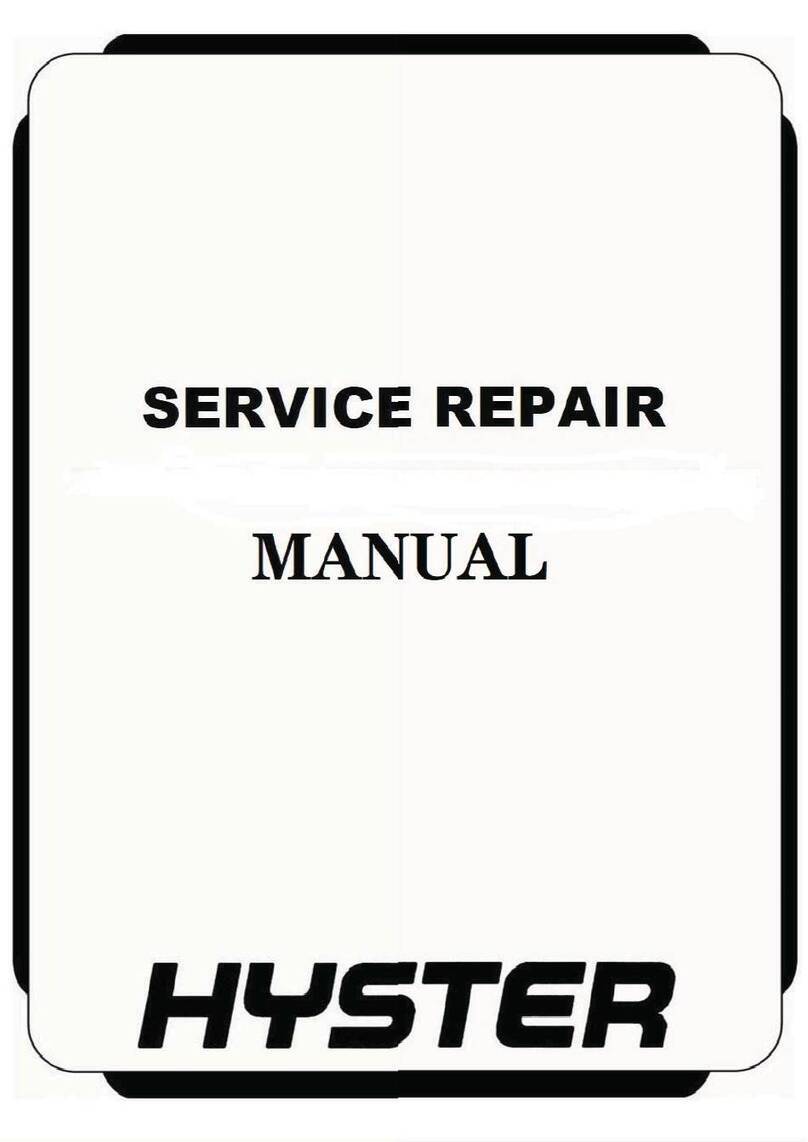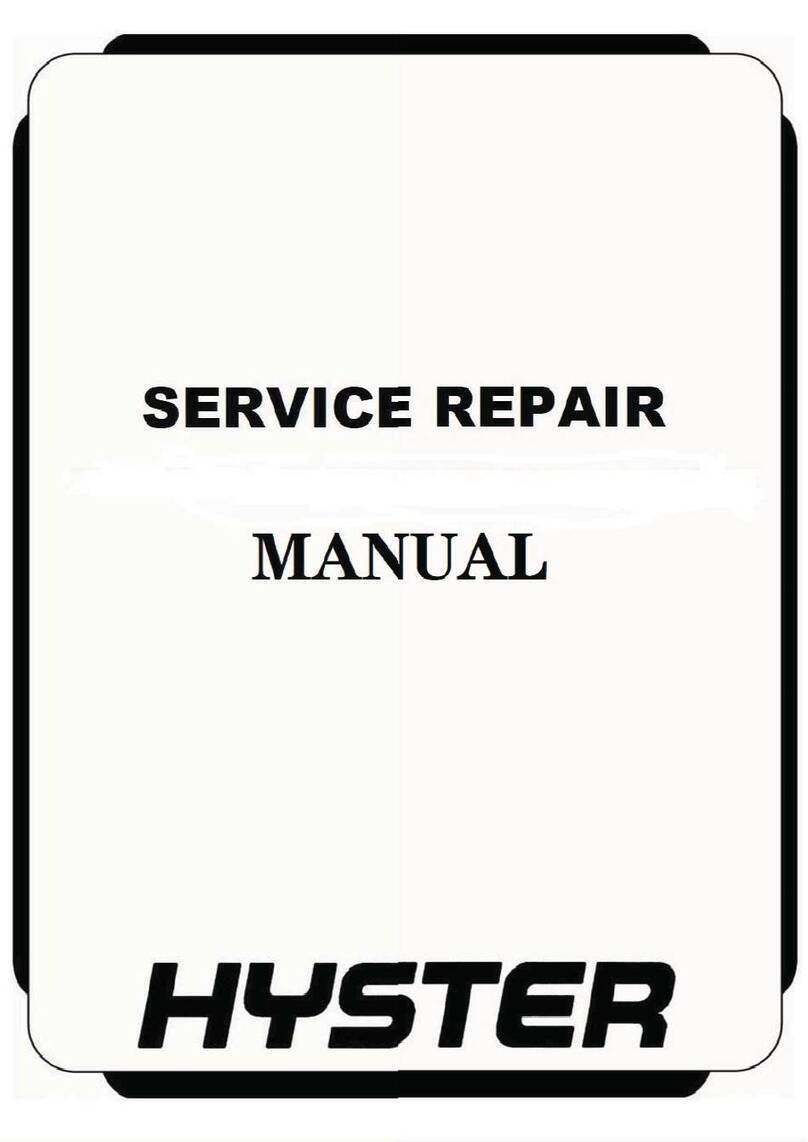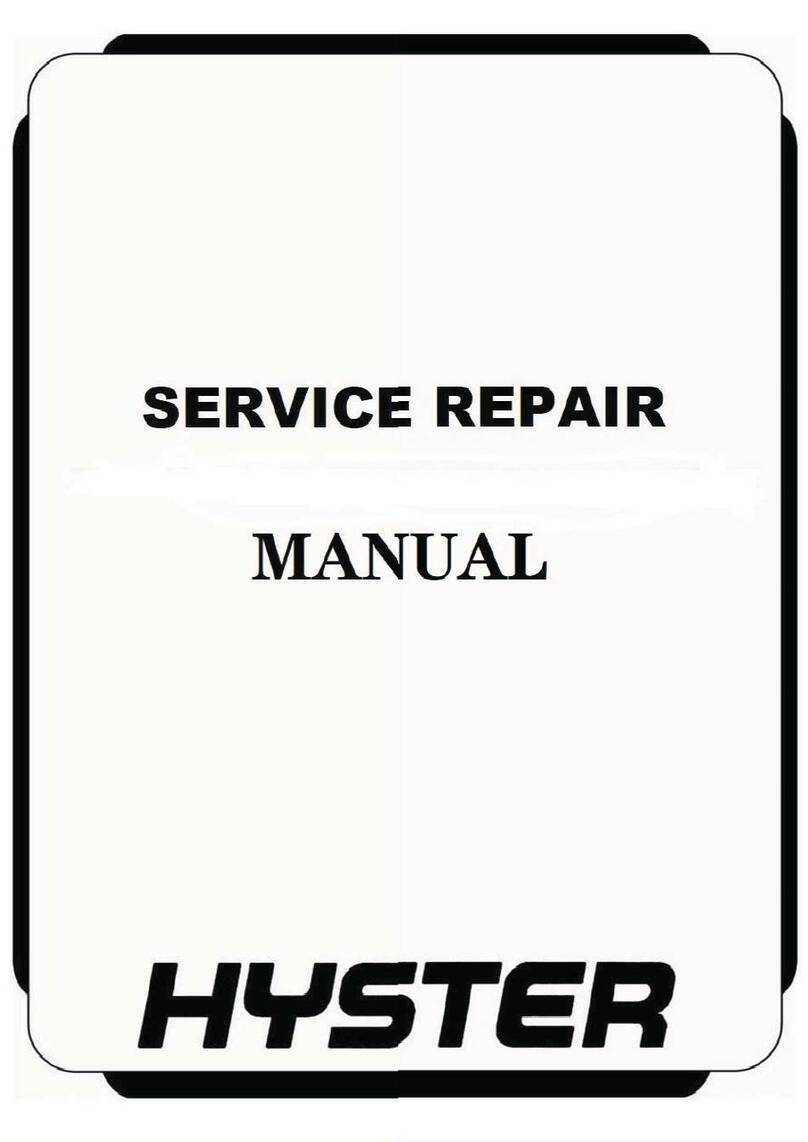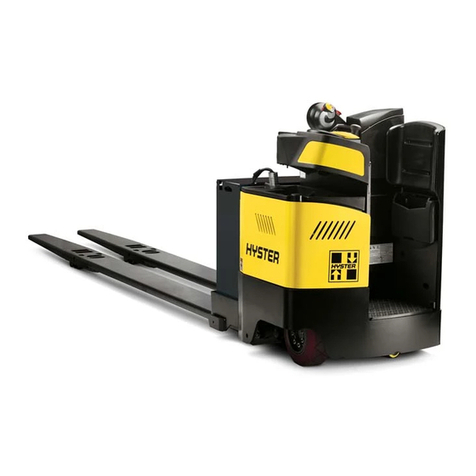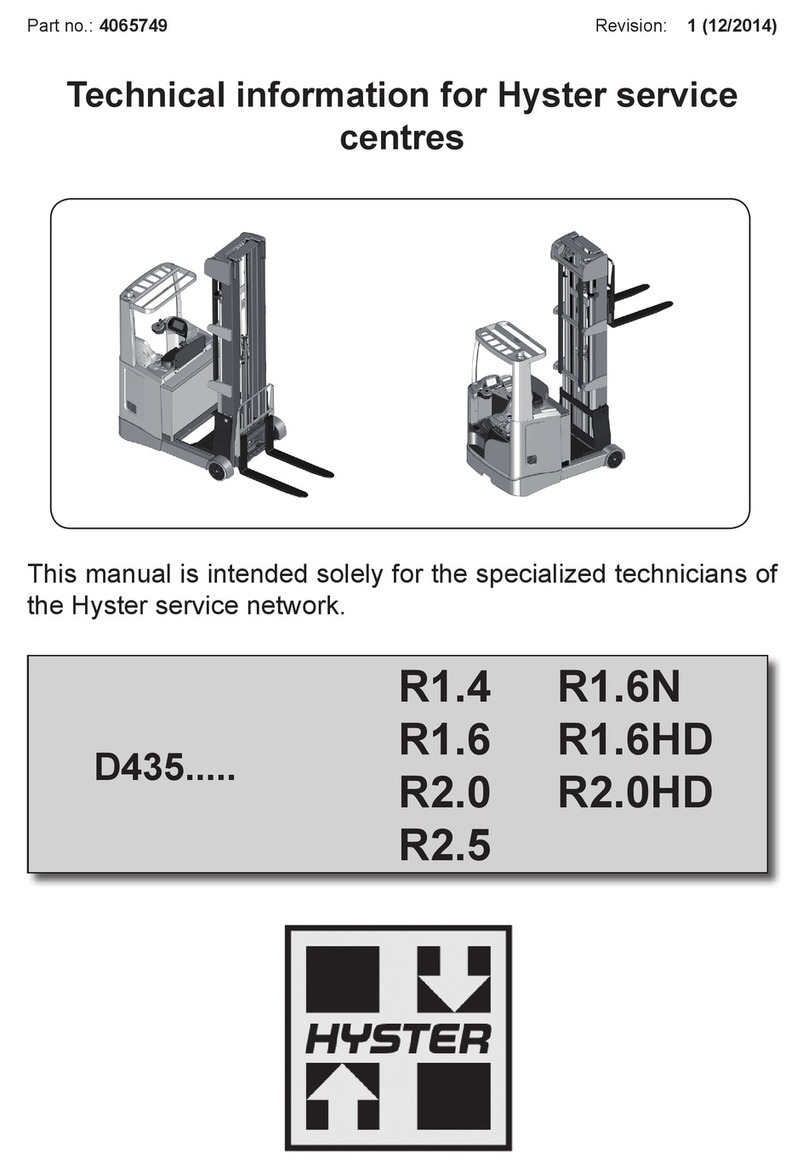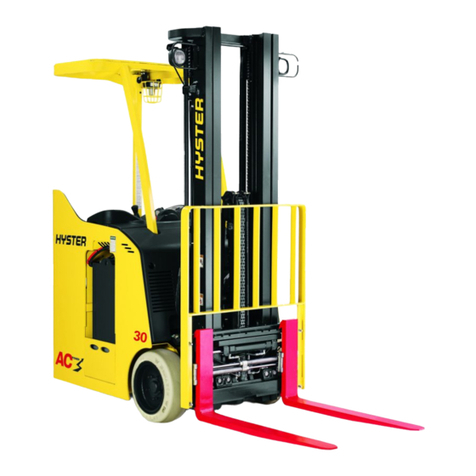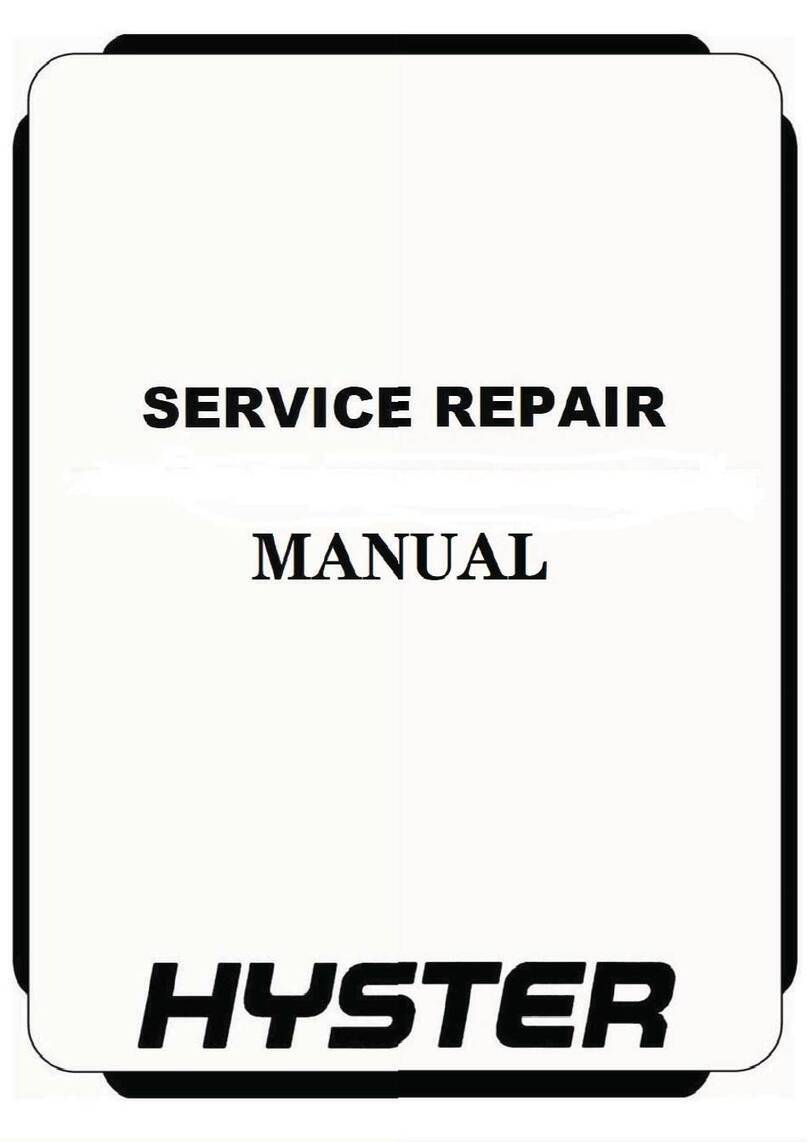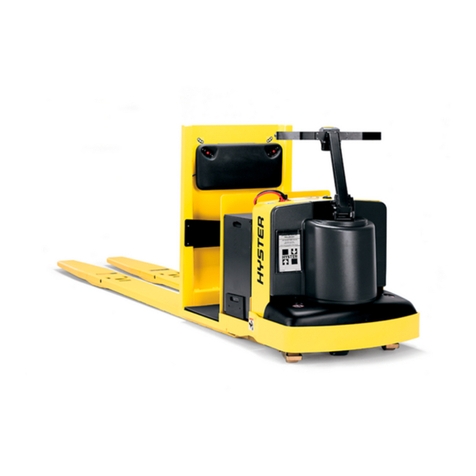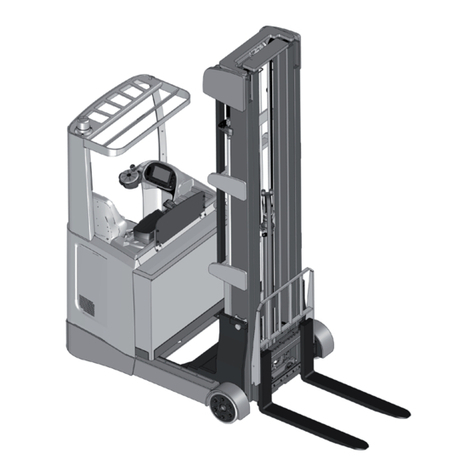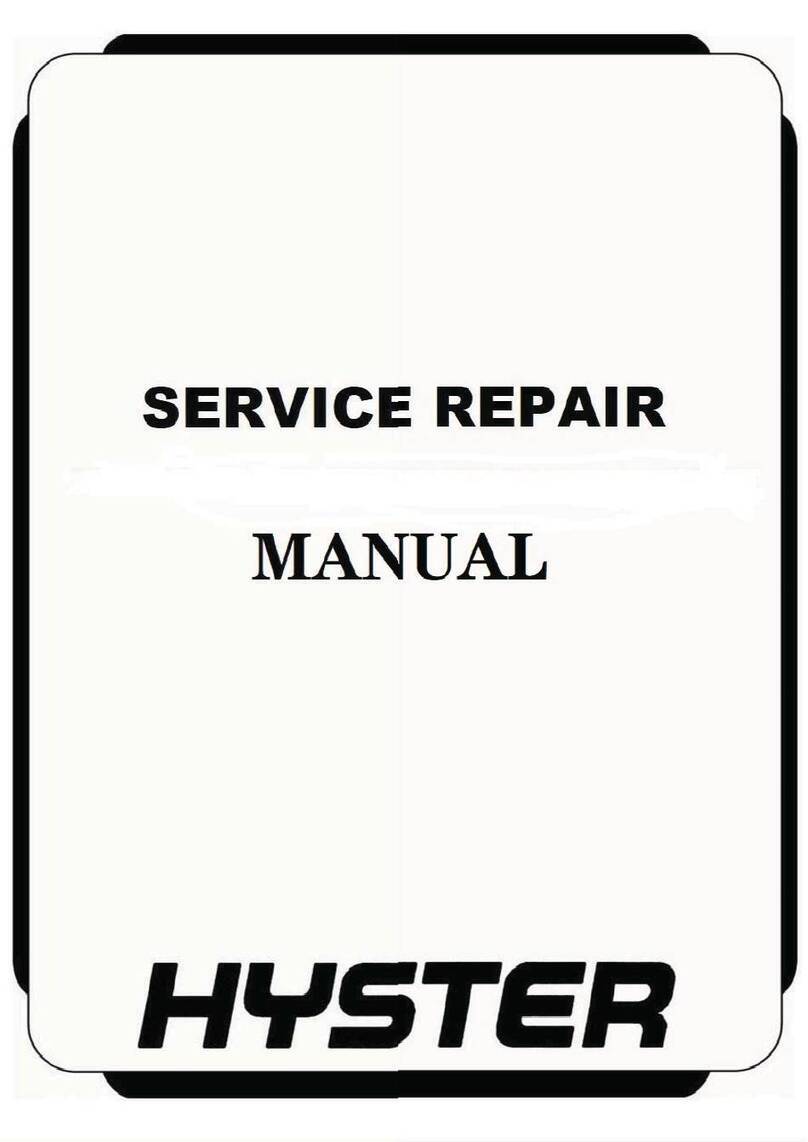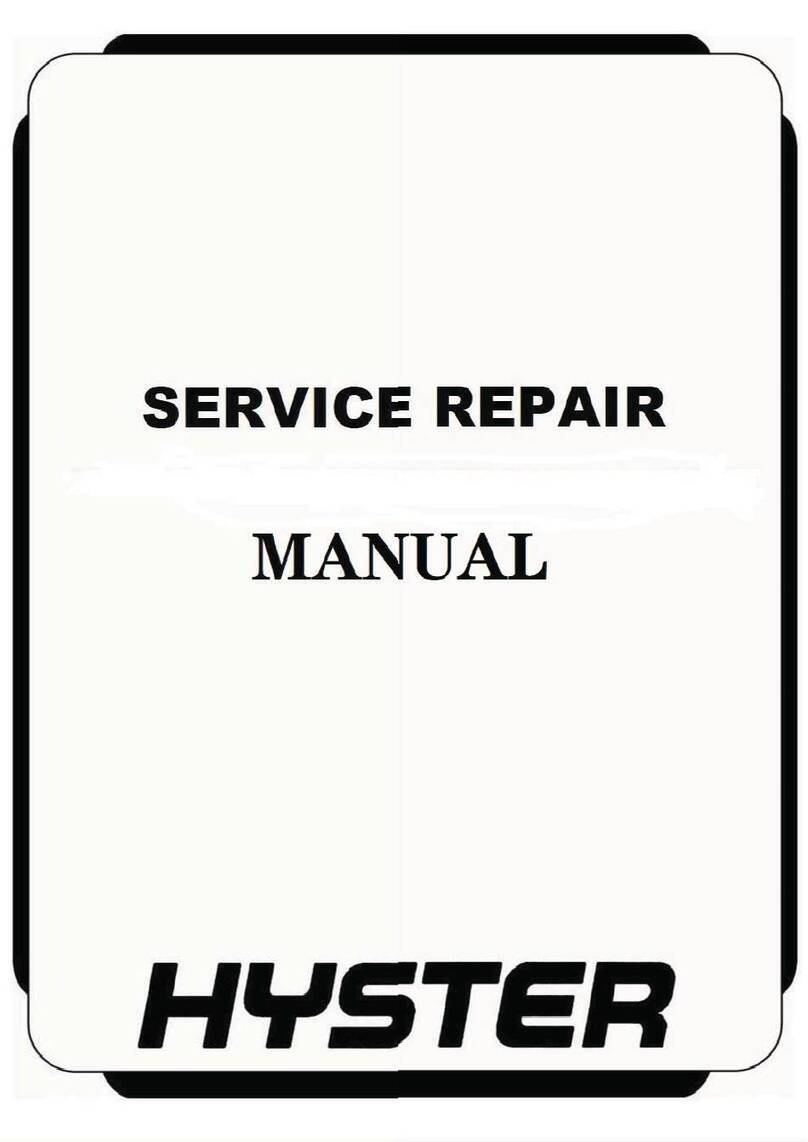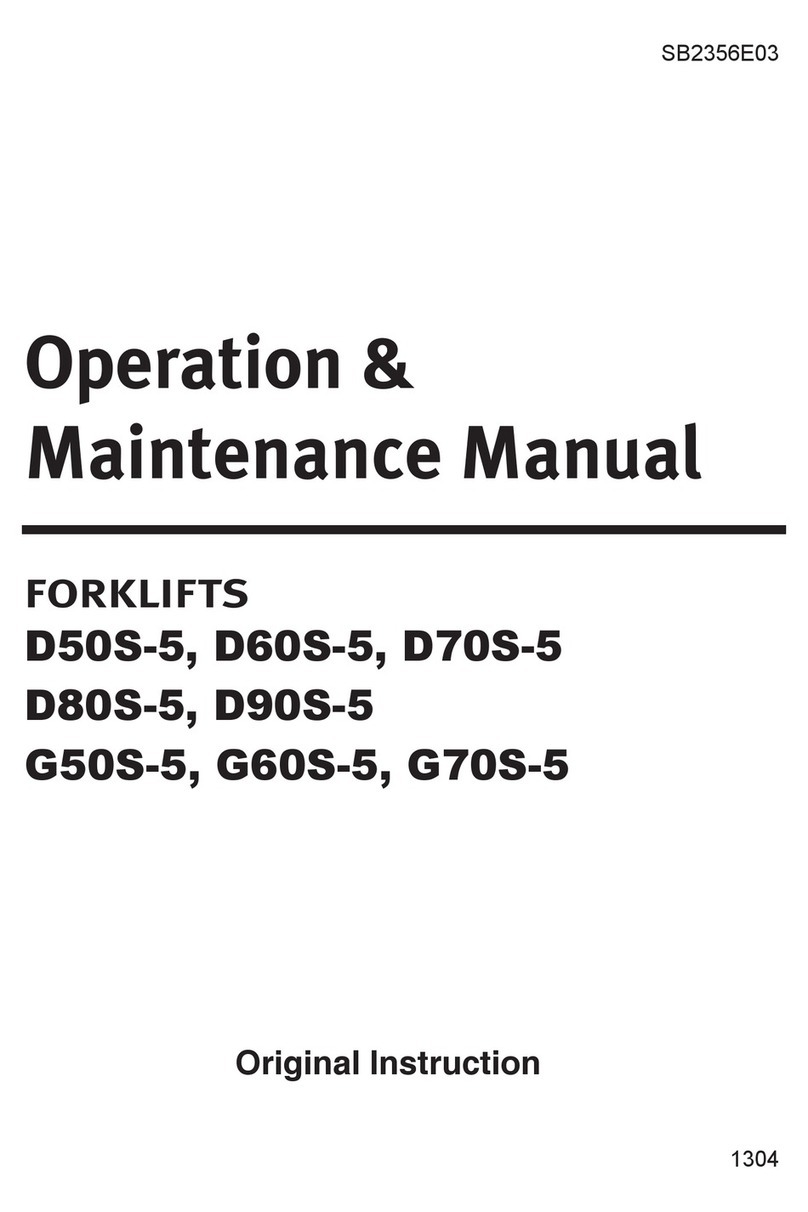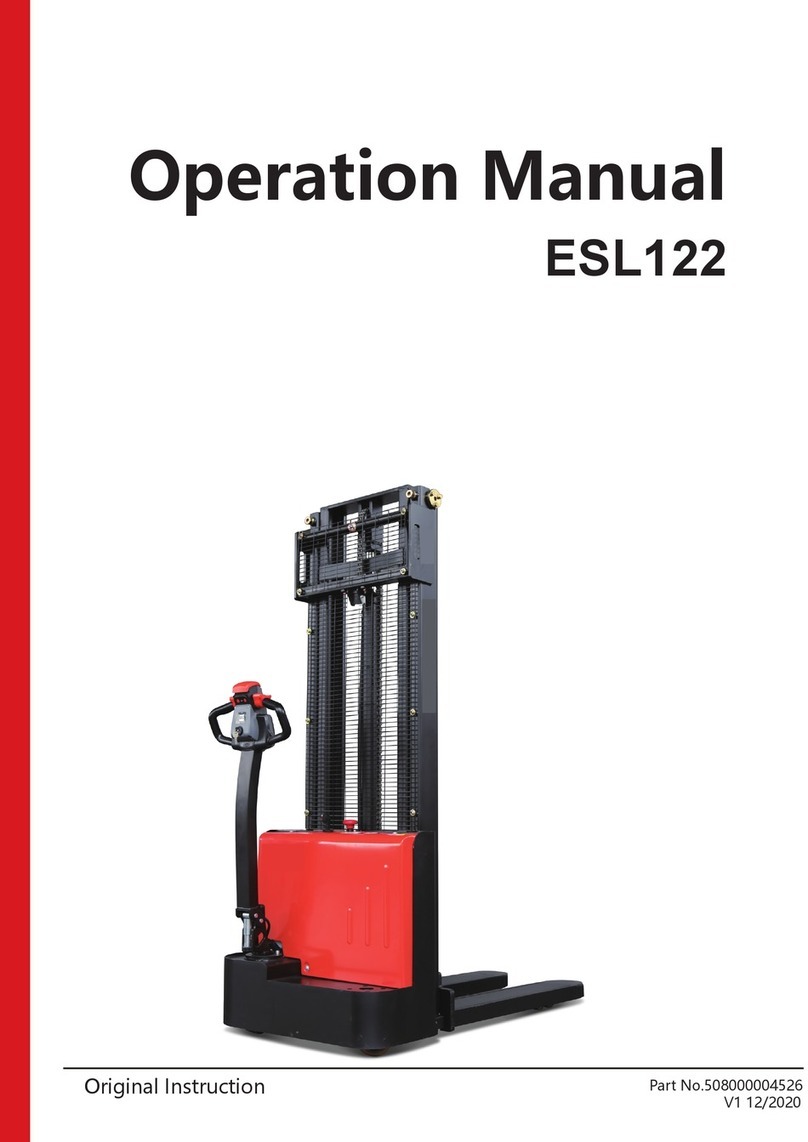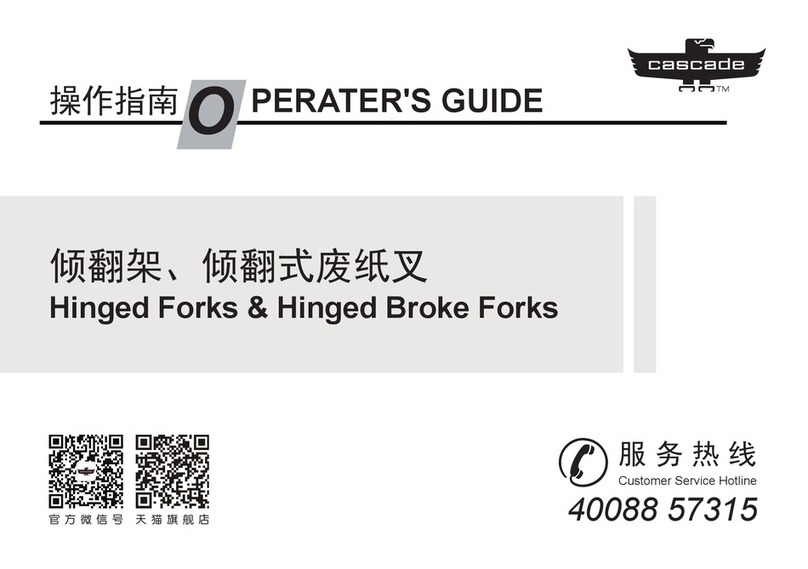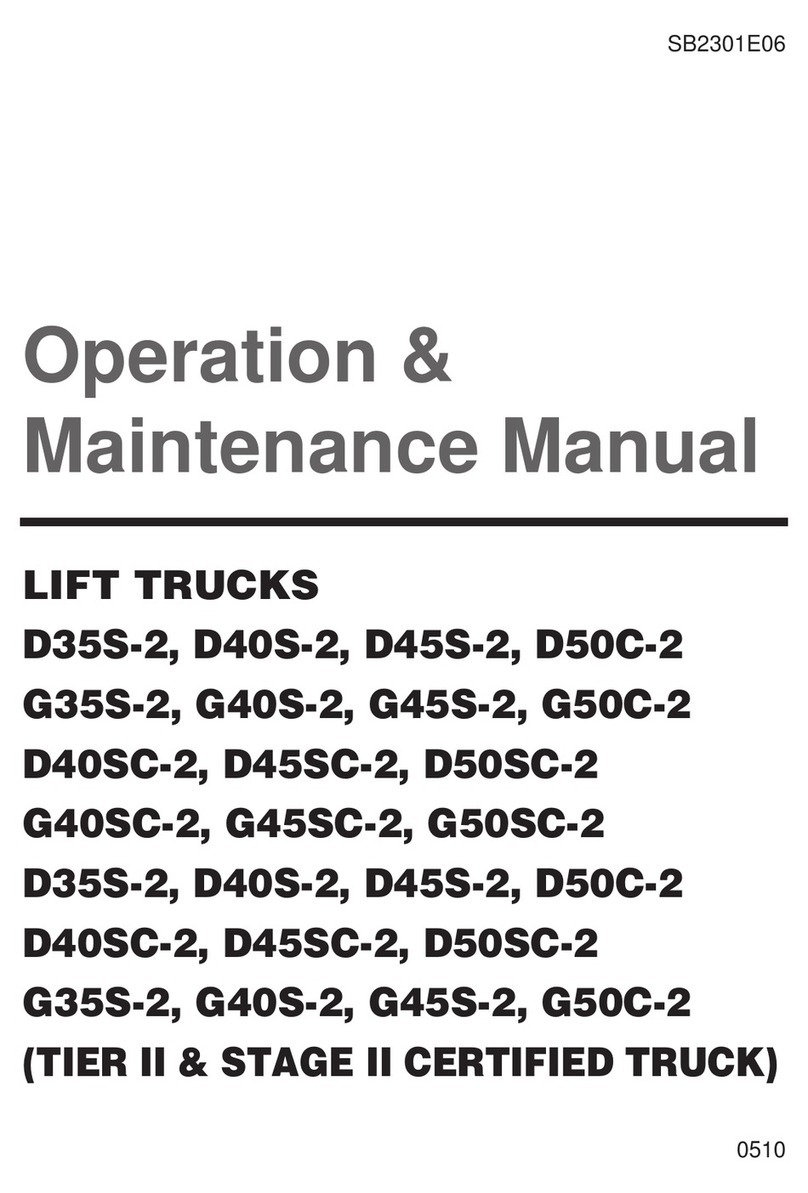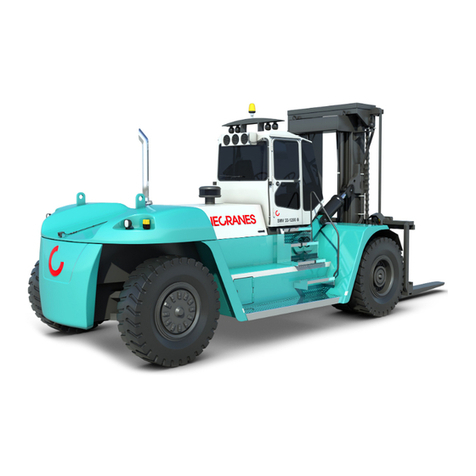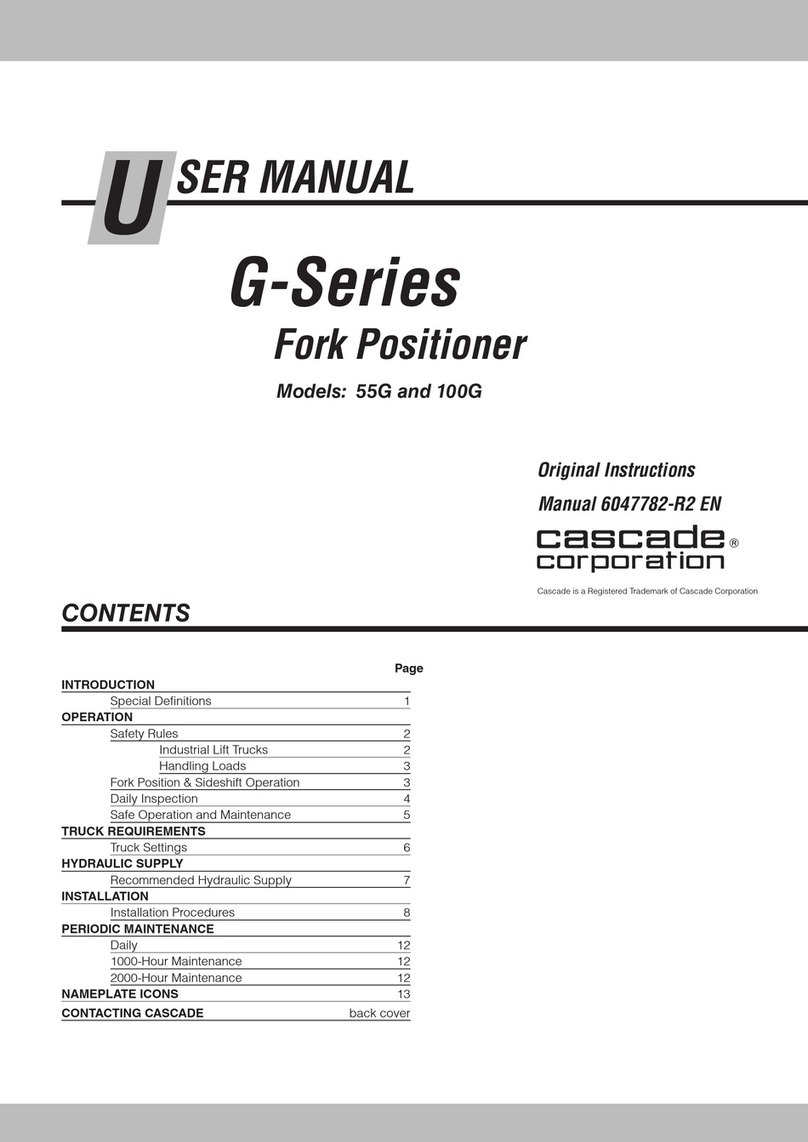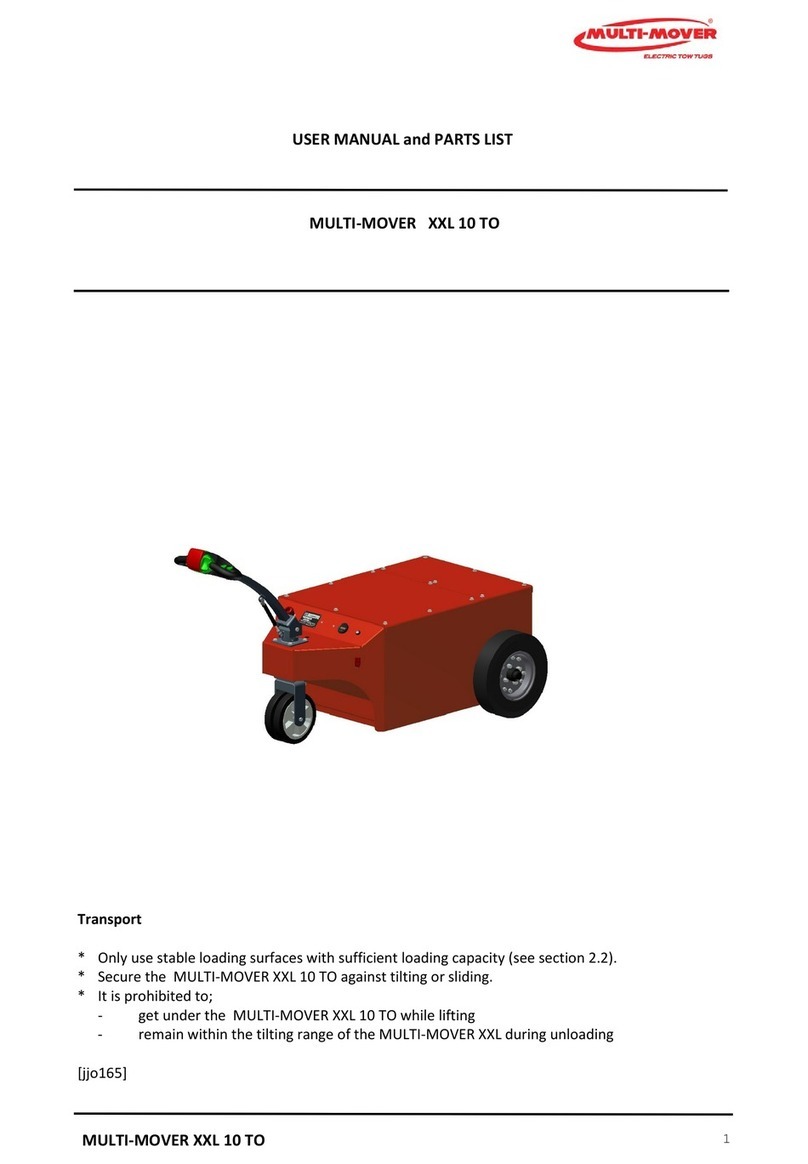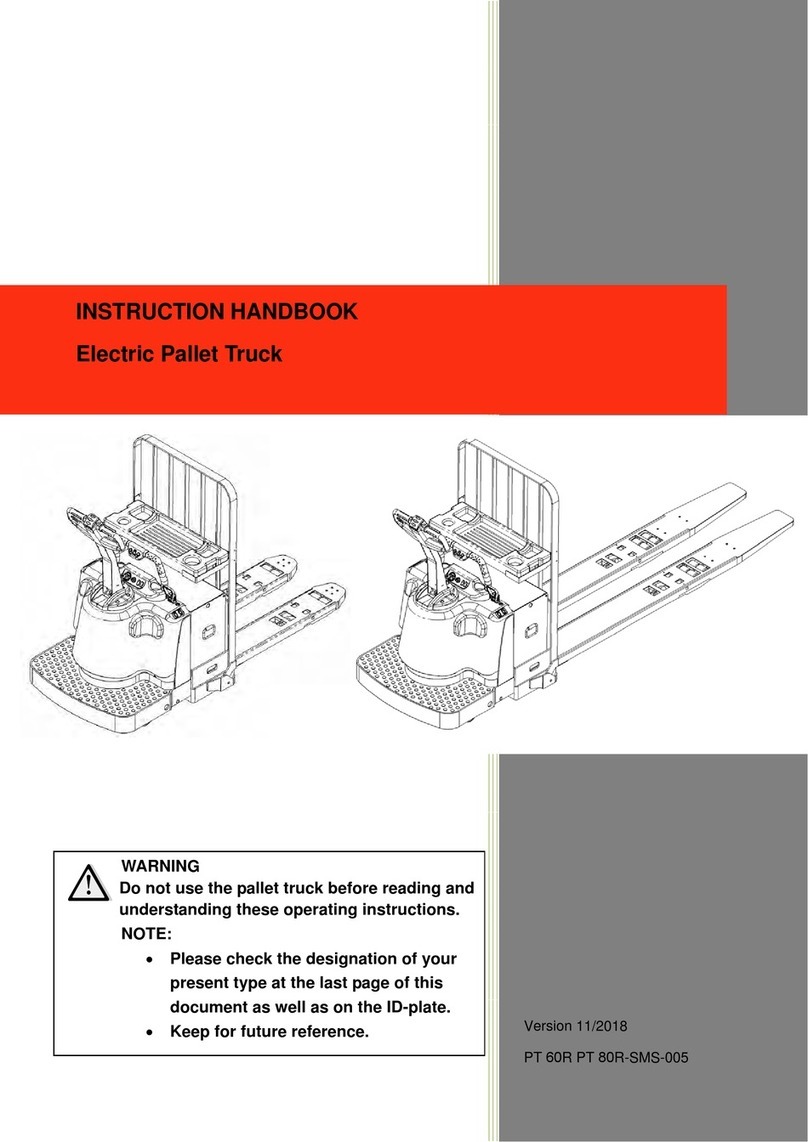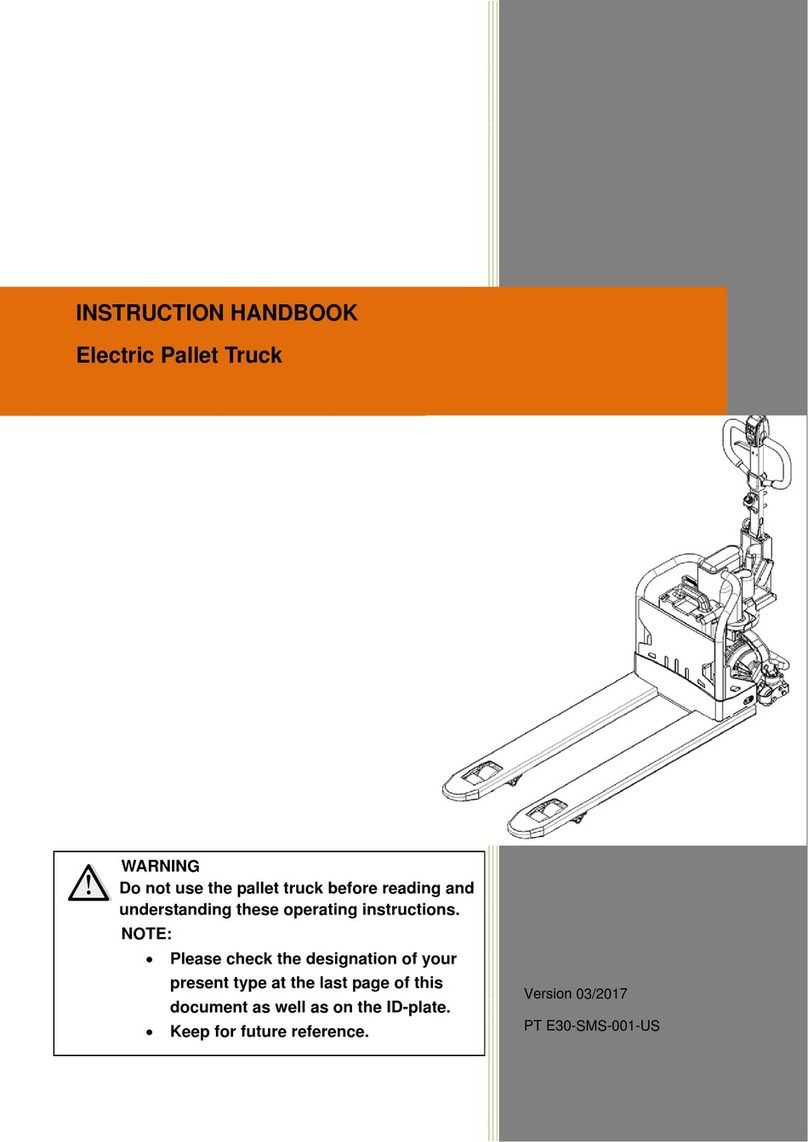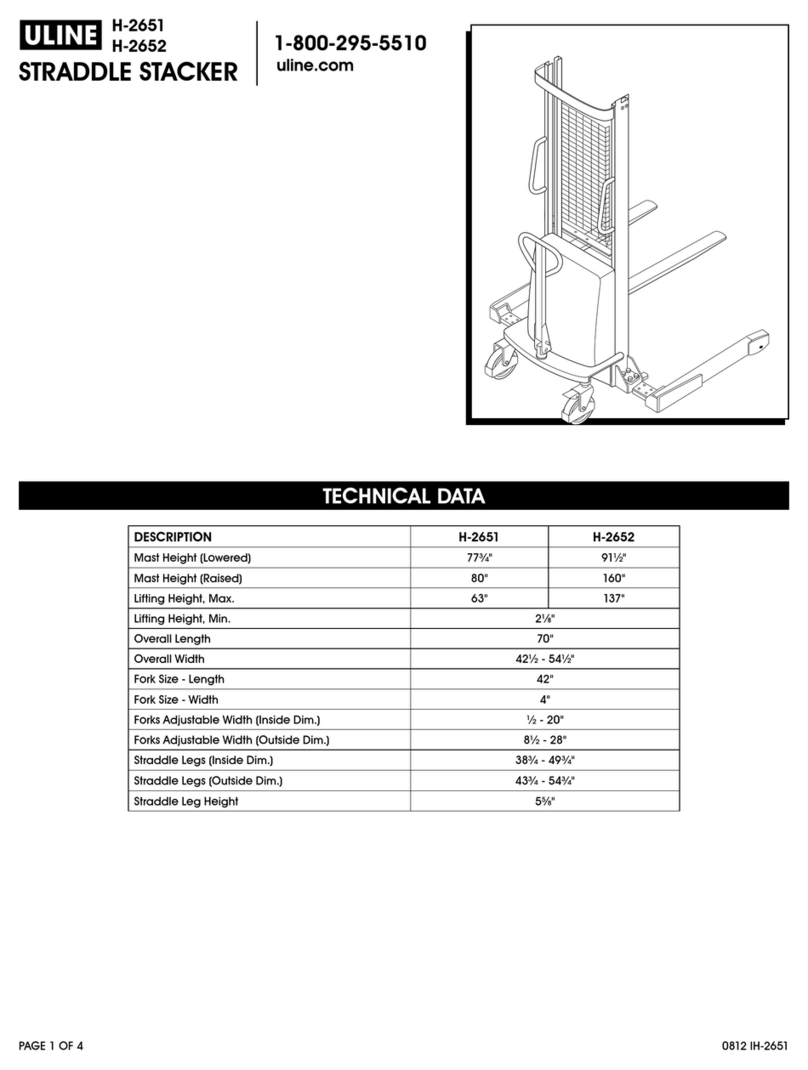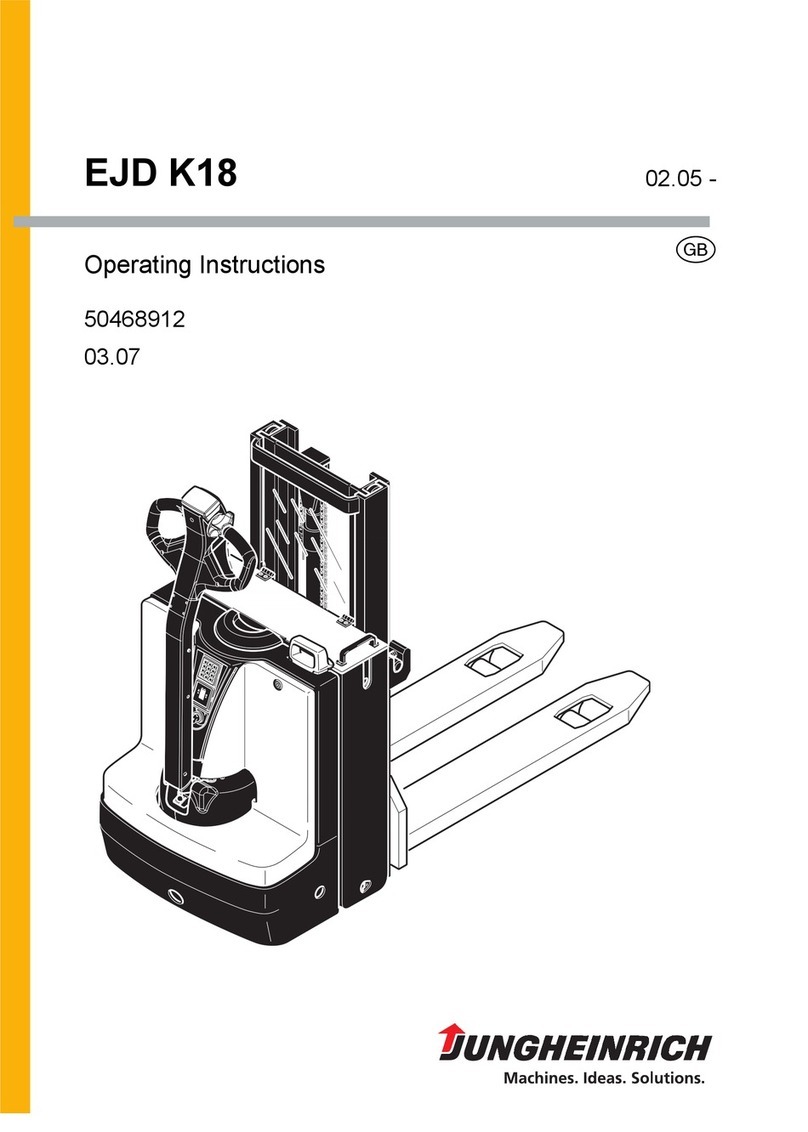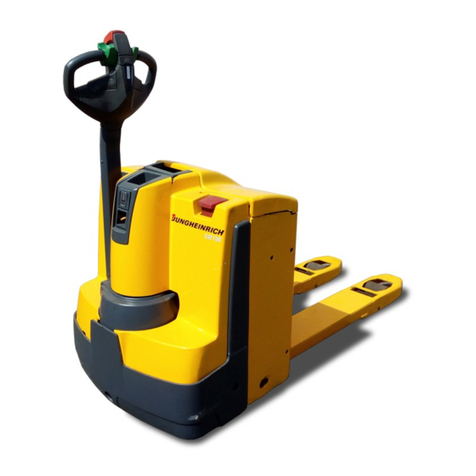
©2015 HYSTER COMPANY
TABLE OF CONTENTS
Series Code / Model Designation Reference Table ................................................................................................ 1
General .....................................................................................................................................................................2
Electrical Schematic and System Description .......................................................................................................2
Electrical Schematic ........................................................................................................................................... 2
Schematic Location Number ..............................................................................................................................5
Electrical Components ........................................................................................................................................5
Electrical Wires ...................................................................................................................................................5
Wire Identification Number ...........................................................................................................................5
Electrical Wire Colors .....................................................................................................................................7
Wire Harnesses ...............................................................................................................................................7
Harness Interconnection ..............................................................................................................................10
Electrical Connectors ........................................................................................................................................10
Connector Types ........................................................................................................................................... 10
Connector Identification ...............................................................................................................................11
Connector Pin Numbers ...............................................................................................................................11
Connector Description ..................................................................................................................................11
Fuses ..................................................................................................................................................................11
Relays ................................................................................................................................................................ 15
Flyback Diodes ..................................................................................................................................................16
CAN (Controller Area Network) .......................................................................................................................16
Troubleshooting ............................................................................................................................................18
Instrument Panel ..............................................................................................................................................18
Instrument Panel Connectors ......................................................................................................................20
LCD Display ......................................................................................................................................................22
Hourmeter Mode ...........................................................................................................................................22
Fault Code Mode ...........................................................................................................................................22
Transmission Calibration .............................................................................................................................22
Fault Code Log Mode ....................................................................................................................................22
Access ........................................................................................................................................................23
Clear ..........................................................................................................................................................23
Exit ............................................................................................................................................................23
General Fault Finding ......................................................................................................................................23
Preparation ...................................................................................................................................................24
Define the Problem Area ..............................................................................................................................24
Identify Possible Causes of Malfunction .....................................................................................................24
Determine the Most Probable Cause ...........................................................................................................24
Fuse Check ....................................................................................................................................................24
Wiring Check ................................................................................................................................................ 24
Component Check .........................................................................................................................................24
Repair and Test .............................................................................................................................................24
Wire Harness Identification and Connector Location .........................................................................................25
Frame Harness Connectors ..............................................................................................................................35
Mast ECH Harness Connectors .......................................................................................................................37
Top Cab Harness Connectors ...........................................................................................................................39
Side Console Harness Connectors ....................................................................................................................41
Cab Underfloor Harness Connectors ...............................................................................................................44
Armrest Harness Connectors ...........................................................................................................................46
ECM Harness Connectors (Tier 3/Stage IIIA) .................................................................................................48
EAS/ECM Harness Connectors (Tier 4F/Stage IV) .........................................................................................49
DEF Tank Harness Connectors ....................................................................................................................... 50
Table of Contents
i
